I’ve been thinking lately about objects, and the different ways in which by accident or design, they can transport us into other worlds. Whether the museum in question is public or personal, the alchemy of how objects might take on this power can be mysterious—often involving arrangement and display, in combination with the weight of time.
In sixteenth and seventeenth-century Europe, aristocrats and kings amassed collections of objects for contemplation, learning and display that came to be known variously as cabinets of curiosities, or in German, ‘wunderkammern’—‘rooms of wonders’. These collections predated museums and, outliving their owners by centuries, went on to reside in many of them. Today these objects (or here below, once-living creatures, that retain what can feel like the ability to return one’s gaze) remain deeply evocative of the extraordinary diversity of form, both natural and human-made, that exists on this planet.
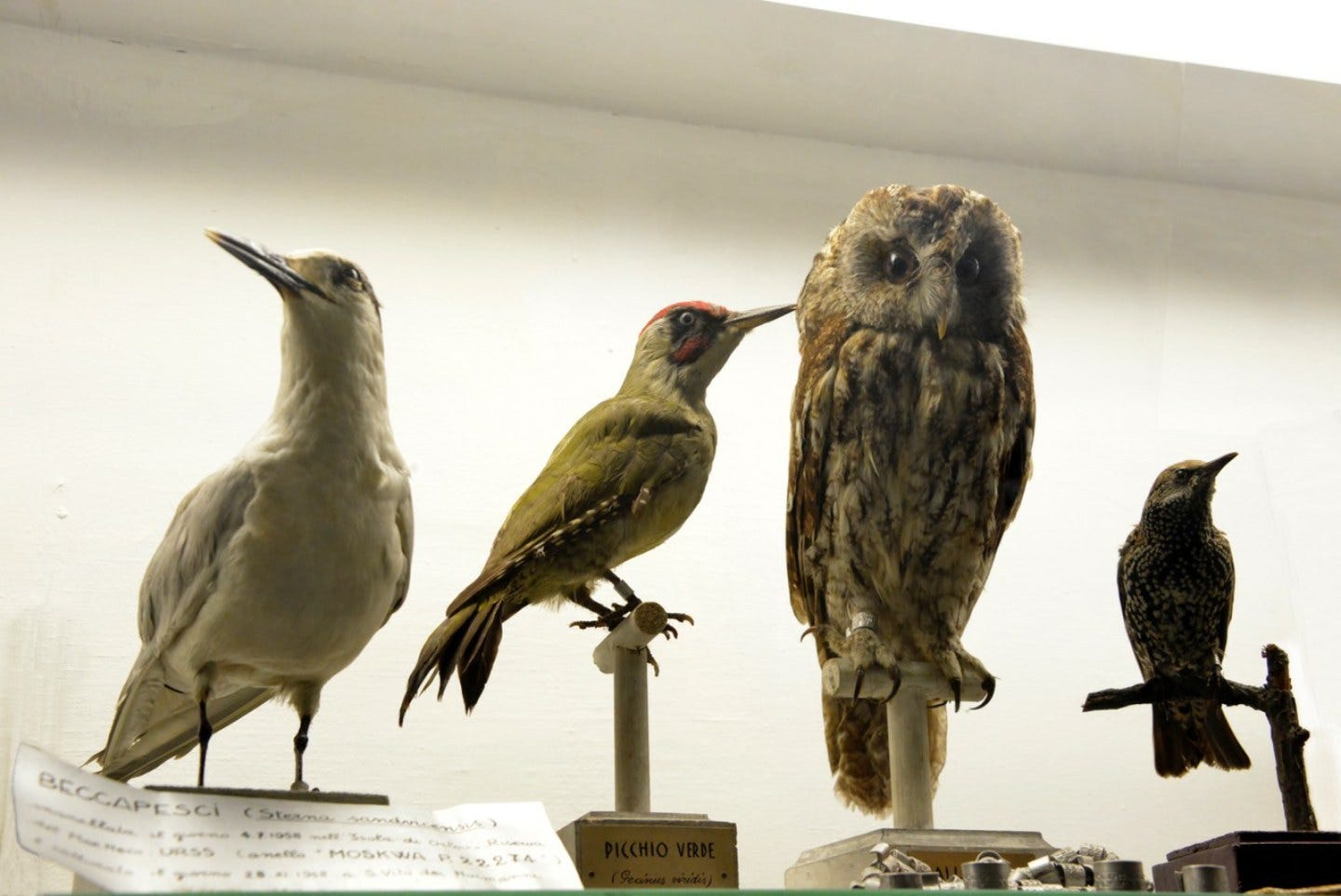
On the website of Russia’s ‘Kunstkamera’ museum, that houses the curiosity collection of Peter the Great, a cursory view of some sample items reveals an analemmatic sundial, a Persian cannonball, a child’s leg preserved alongside a scorpion, anatomical models and a Chinese moon canteen. Beyond specimens like these, the collection includes minerals, books, skeletons, stuffed animals, botanical specimens, and much else besides.
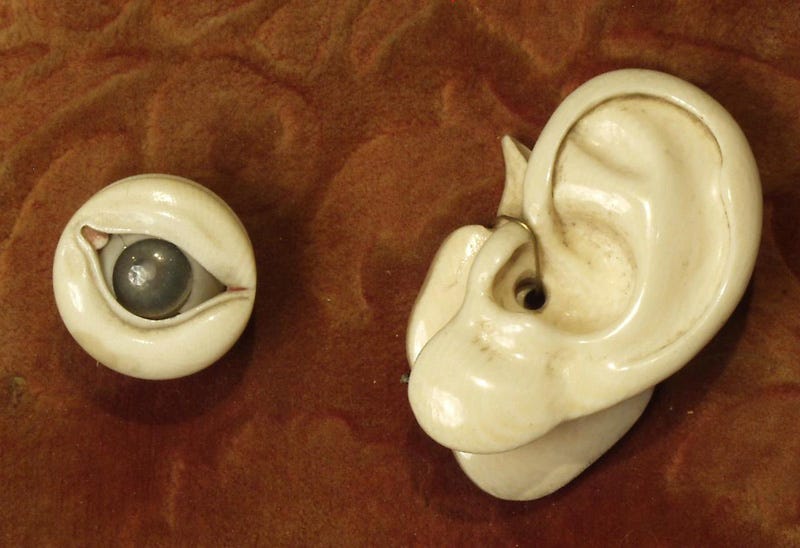
For visitors, these rooms of curiosities might have evoked the wonder and awe that can arise from encounters with unusual, perhaps unknowable things, yet the instinct behind them was often quite different. While ultimately contributing to greater public understanding of the wider world, and to scientific learning and the rise of museums, these collections also bear witness to the destructive instinct that often made them possible—the instinct to conquer, classify and possess other lands, cultures, and the natural world (those wild birds above, now labelled and glued to their perches).
In this way, underlying the drive to amass such collections was not just curiosity, but also the drive to triumph over and control a world that seemed too vast, unknowable and strange, even to the most powerful of men. This insatiable urge to catalogue and index the world through objects is palpable in the Tsar’s ominous 1718 command:
‘to send “born freaks,” i.e., misshapen and deformed children and animals, to St. Petersburg for a fee… The same decree mandated to collect and donate “extraordinary stones, human and animal bones, as well as bones of fish and birds, old inscriptions on stones, iron or copper, as well as old and remarkable weapons, plates and dishes, and so on, especially what was extremely old and extraordinary.” ’1
Seeing such collections in museums today, in a globalised world of Google Earth and instant connection and mass tourism, in which so much that once was experienced as wondrous and strange has been commodified (not least, the official wonders of the world), my mind has turned to those personal wunderkammers we all have, material or otherwise, that retain their strangeness and their potency, because they are personal to us, and because we can’t fully understand the mechanism of their effects on our senses and memories.
Who doesn’t retain some collection of objects accumulated over the course of life that come to possess an emotional potency beyond their physical mass? These personal relics can have a transportive power, a power to return us to wonder or perhaps to the atmosphere of another time and self, and unlike the class of collector described above, perhaps this is a power we don’t wish to conquer or master or fully understand.
Here are two such objects of mine. The first is a blue music box with a velvet interior, given to me for Christmas one year as a child of about eight.
Despite its battered lid, the serene-looking ballerina still twirls when I wind the mechanism, and the theme of Swan Lake still plays, like a series of hesitant chimes, lovely and grave at once.
Over the years, as the face I glimpse through the mirror has changed, this music box has taken on a talismanic power, as though every time I open it I somehow experience all of the selves who have peered into it across time, and there is a part of me that seems to expect that in doing so, I might at some point be reunited with some aspect of myself I’ve lost.
The second object is an amethyst stone the size of a child’s palm, which I bought at age twelve from the gift shop of a fondly remembered Queensland tourist attraction, The Big Pineapple. (The Pineapple still exists, although for years it looked forlorn to me, as if wistful for its rowdy heyday of sun seeking tourists, gorging on sundaes at the cafeteria and riding carefree through the plantation fields on the Nutmobile. It’s only in the course of writing this that I’ve learned, to my quiet elation, that this heritage-listed precinct—heritage-listed in part due to the Pineapple’s own evocative powers as a curious object—has been undergoing rejuvenation for a few years now, and is already home to a popular music festival.)
Anyway, for all the years since I bought it, my amethyst, a quartz reputed to have protective properties, has sat by my various desks and bedsides, and when I hold its cool, familiar weight, I recall all the times I reached out to touch it, like a Catholic might touch a relic in church, in hope of intercession or comfort.
Perhaps it’s this vaguely religious instinct I seem to feel toward certain objects that has, among other reasons, drawn me always to museums, and to the works of artists such as Joseph Cornell and Josef Sudek, who were both gifted with the ability to reveal the mystery and aliveness of otherwise ordinary objects, within the frame of a shadow box or a photograph, and in so doing, offer the viewer a portal into other worlds—just as the collections of figures like Peter the Great have done (although without the risk or reality of violence and pillaging). But that’s a reflection for another time. Meanwhile, for anyone reading, what objects comprise your own personal room of wonders, and why? I would love to know.
Quotation sourced from the official website of the Kunstkamera museum. Available: https://www.kunstkamera.ru/en/museum/kunst_hist/01/



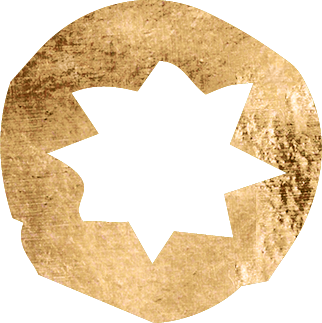
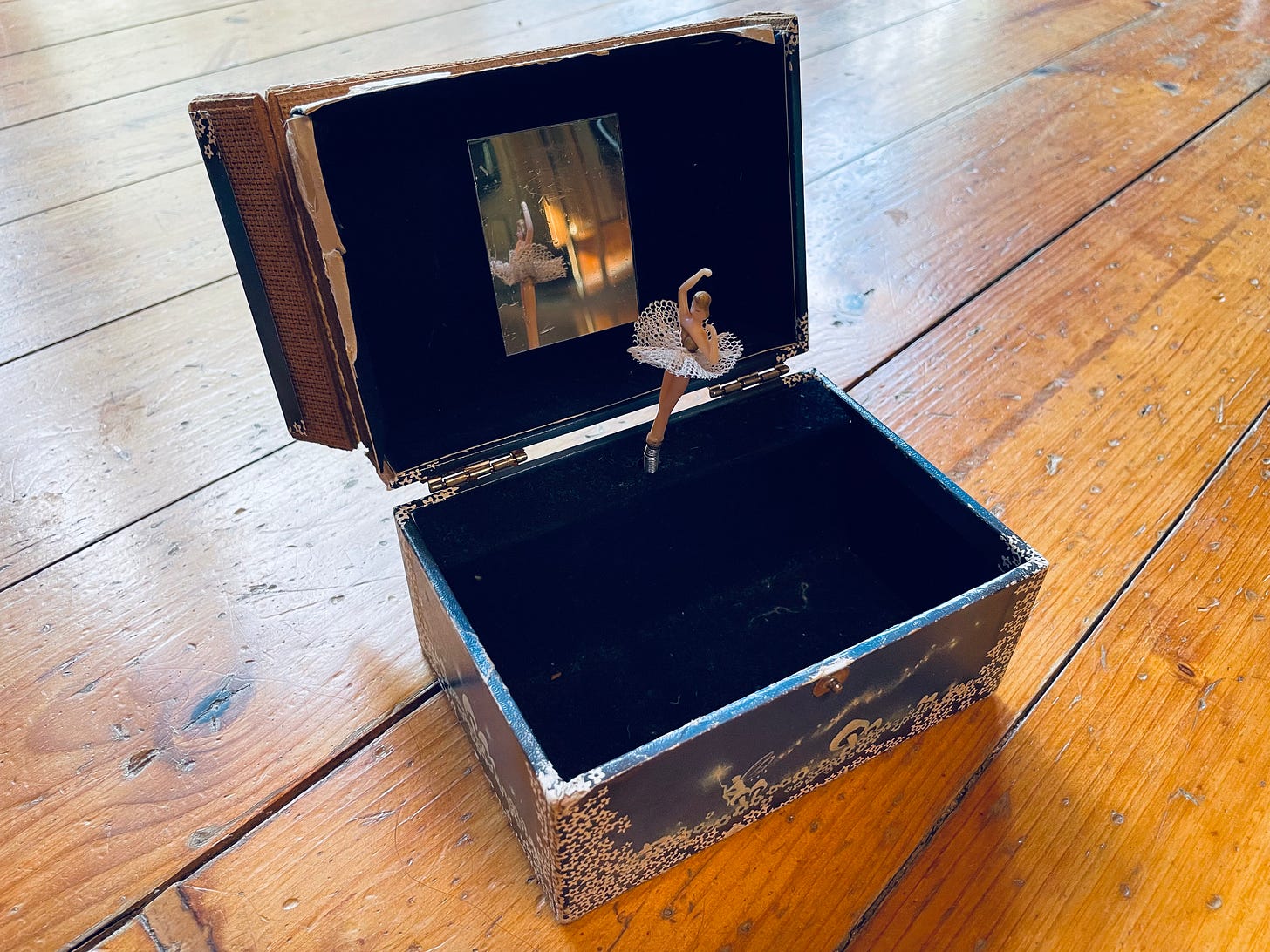
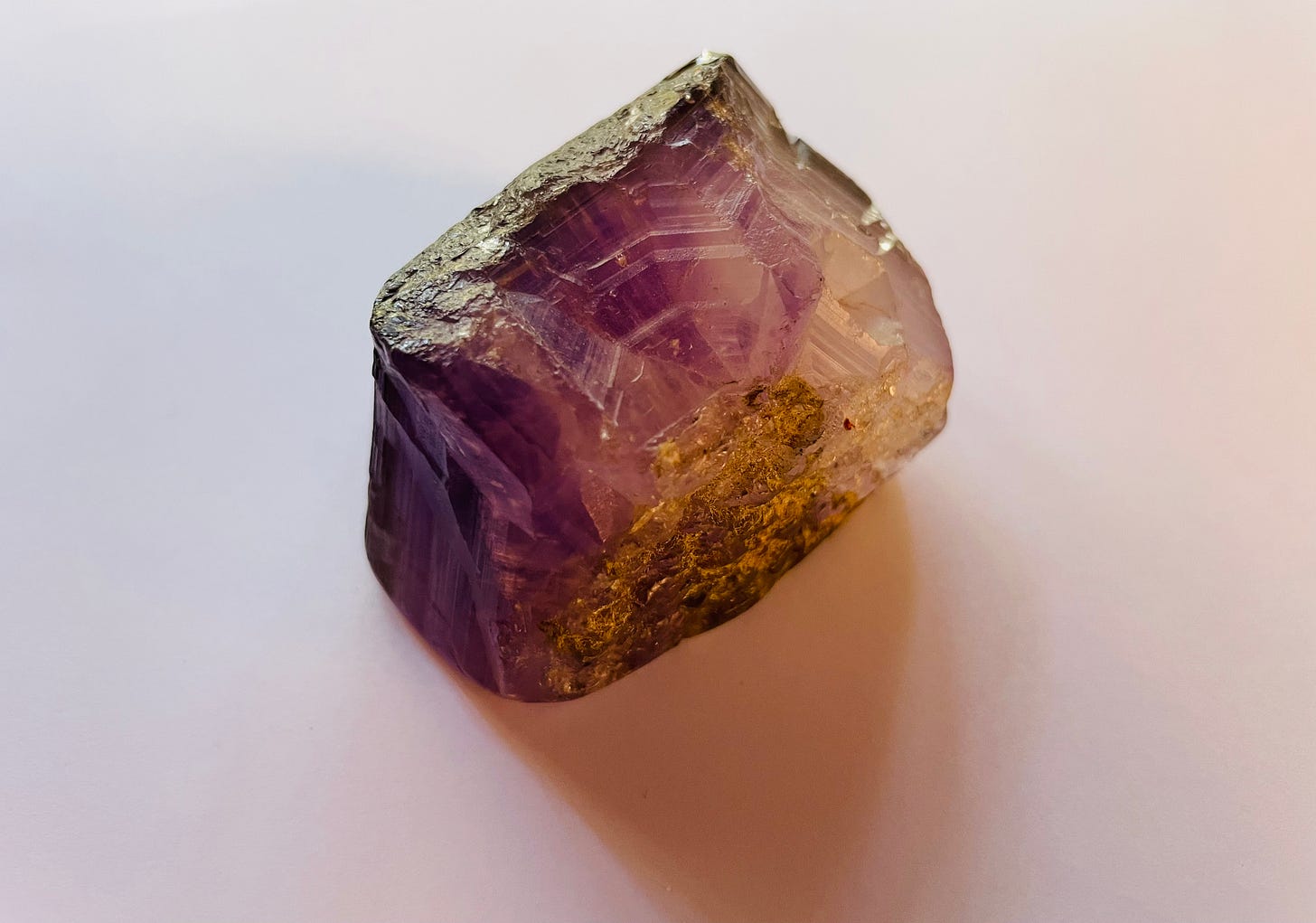
Thanks Ruby, it was a lovely morning read for me. I wowed at the part when you wrote about your experience of having all of yourselves peering into the music box across time. I loved the hesitant chimes too. I’d love to search for an object of mine today and to be transported back somewhere (after I finish my to-do list)